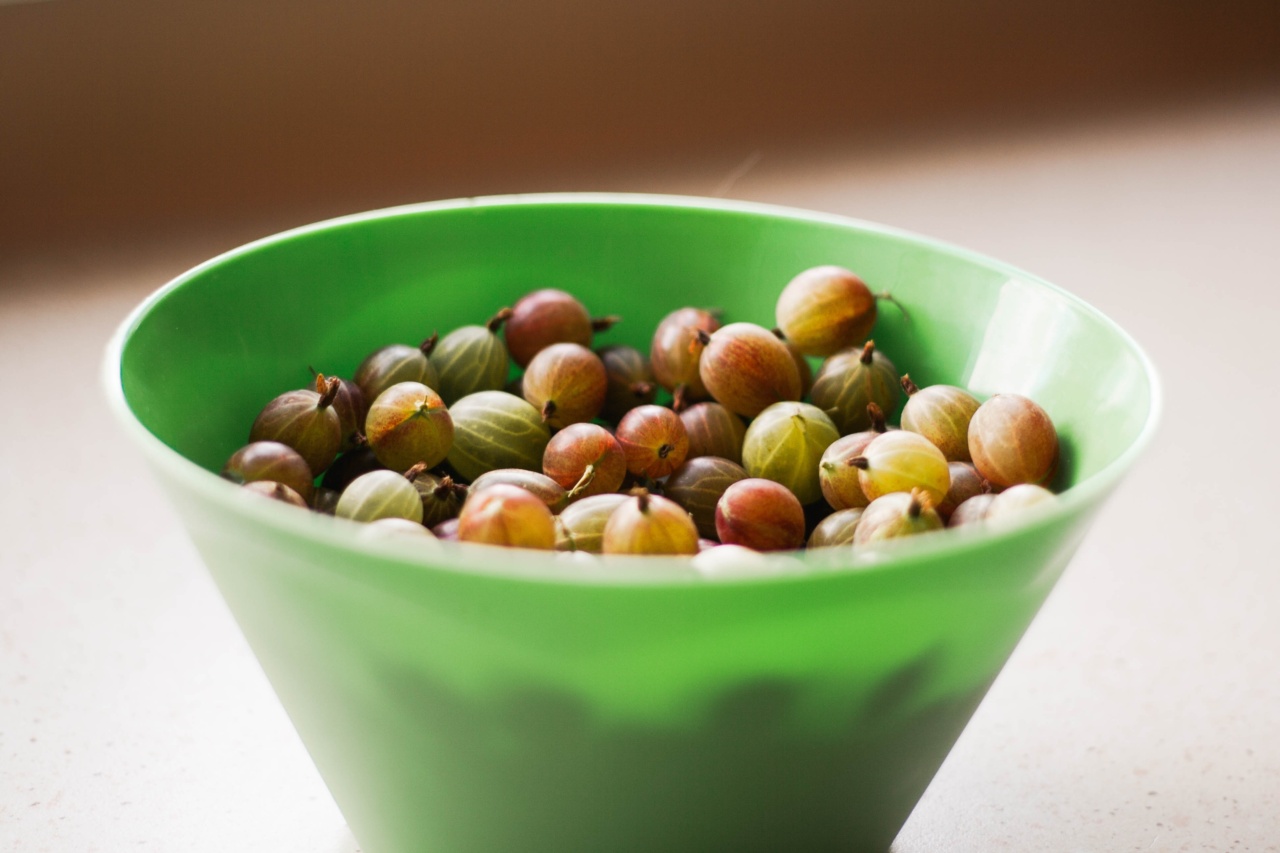The DASH (Dietary Approaches to Stop Hypertension) diet is a well-researched and highly recommended eating plan that offers numerous health benefits.
It is particularly effective in reducing high blood pressure, promoting weight loss, and preventing heart disease. Developed by the National Heart, Lung, and Blood Institute (NHLBI), the DASH diet emphasizes consuming a variety of nutrient-dense foods while limiting sodium intake.
Understanding the DASH Diet
The DASH diet is founded on the principle of consuming foods that are low in saturated fat, cholesterol, and total fat, while being rich in fruits, vegetables, whole grains, lean proteins, and low-fat dairy products.
In addition, it advocates for reducing the intake of sugar-sweetened beverages, processed foods, and foods high in sodium.
DASH Diet Guidelines
The DASH diet provides clear guidelines on the recommended daily servings of different food groups. Here’s a breakdown of the key guidelines:.
Fruits and Vegetables
The DASH diet encourages individuals to consume 4 to 5 servings of fruits and 4 to 5 servings of vegetables every day. To achieve this, incorporating a variety of colorful fruits and vegetables into meals is crucial.
These can be enjoyed fresh, frozen, or even canned (without added salt).
Whole Grains
Whole grains should be an integral part of the DASH diet. It is recommended to consume 6 to 8 servings of whole grains each day. This includes foods such as brown rice, whole wheat bread, oatmeal, and quinoa.
Whole grains provide essential nutrients and fiber, promoting better digestion and overall health.
Lean Proteins
When it comes to protein sources, lean options are preferred in the DASH diet. Incorporating 6 or fewer servings of lean meats, poultry, and fish into meals is recommended.
Legumes such as beans, peas, and lentils are also excellent sources of protein and can be included in this category.
Low-Fat Dairy Products
The DASH diet suggests consuming 2 to 3 servings of low-fat dairy products daily. These include milk, yogurt, and cheese. Dairy products are excellent sources of calcium, phosphorus, and vitamin D, which are vital for maintaining healthy bones and teeth.
Limited Sodium Intake
Sodium intake plays a significant role in the DASH diet. The daily sodium intake is recommended to be limited to less than 2,300 milligrams.
In some cases, individuals with specific health conditions or hypertension may be advised to limit sodium intake even further, to less than 1,500 milligrams per day.
Benefits of the DASH Diet
The DASH diet offers a wide range of benefits for overall health and well-being:.
1. Blood Pressure Management
The DASH diet has proven to be highly effective in reducing high blood pressure. Its emphasis on fruits, vegetables, and whole grains, coupled with lower sodium intake, helps maintain healthy blood pressure levels and reduces the risk of hypertension.
2. Weight Loss
Due to its focus on whole, nutrient-dense foods, the DASH diet can aid in weight loss.
By limiting processed foods and incorporating lean proteins and fiber-rich foods, it helps individuals feel fuller for longer, reducing the tendency to overeat or indulge in unhealthy snacking.
3. Heart Health
The DASH diet promotes heart health by incorporating heart-healthy nutrients such as potassium, magnesium, and fiber. These nutrients help lower cholesterol levels, improve blood vessel function, and reduce the risk of heart disease and stroke.
4. Diabetes Management
Since the DASH diet focuses on whole grains, low-fat dairy products, and lean proteins, it can be beneficial for individuals with diabetes.
The diet’s emphasis on portion control and balanced nutrient intake helps regulate blood sugar levels and promote overall diabetes management.
5. Nutrient-Rich Diet
By adhering to the DASH diet, individuals consume a wide variety of fruits, vegetables, whole grains, and lean proteins.
This ensures they obtain ample amounts of essential vitamins, minerals, and antioxidants necessary for optimal health and disease prevention.
Implementing the DASH Diet
Here are some practical tips for implementing the DASH diet:.
1. Plan Your Meals in Advance
Ensure your pantry and fridge are stocked with a variety of fruits, vegetables, whole grains, and lean proteins. Plan your meals for the week and prepare a grocery list accordingly.
2. Gradually Reduce Sodium Intake
Gradually reduce your sodium intake to allow your taste buds to adjust. Use herbs, spices, and other flavorings instead of salt to enhance the taste of your meals.
3. Opt for Homemade and Fresh Foods
Prepare meals at home using fresh ingredients whenever possible. This allows you to control what goes into your dishes and reduces reliance on processed foods high in sodium and unhealthy fats.
4. Portion Control
Practice portion control to avoid overeating. Measure and weigh your food to ensure you’re consuming appropriate portions based on your calorie needs.
5. Stay Hydrated
Drink plenty of water throughout the day to stay hydrated. Limit your intake of sugar-sweetened beverages as they can contribute to calorie intake without offering significant nutritional benefits.
The DASH Diet: A Step Towards a Healthier Lifestyle
The DASH diet serves as a blueprint for healthy living. By adopting this eating plan, individuals can enjoy a wide array of health benefits, from improved blood pressure management to weight loss and enhanced heart health.
Emphasizing whole, nutrient-dense foods while limiting sodium intake is the key to making the DASH diet work for you.




























